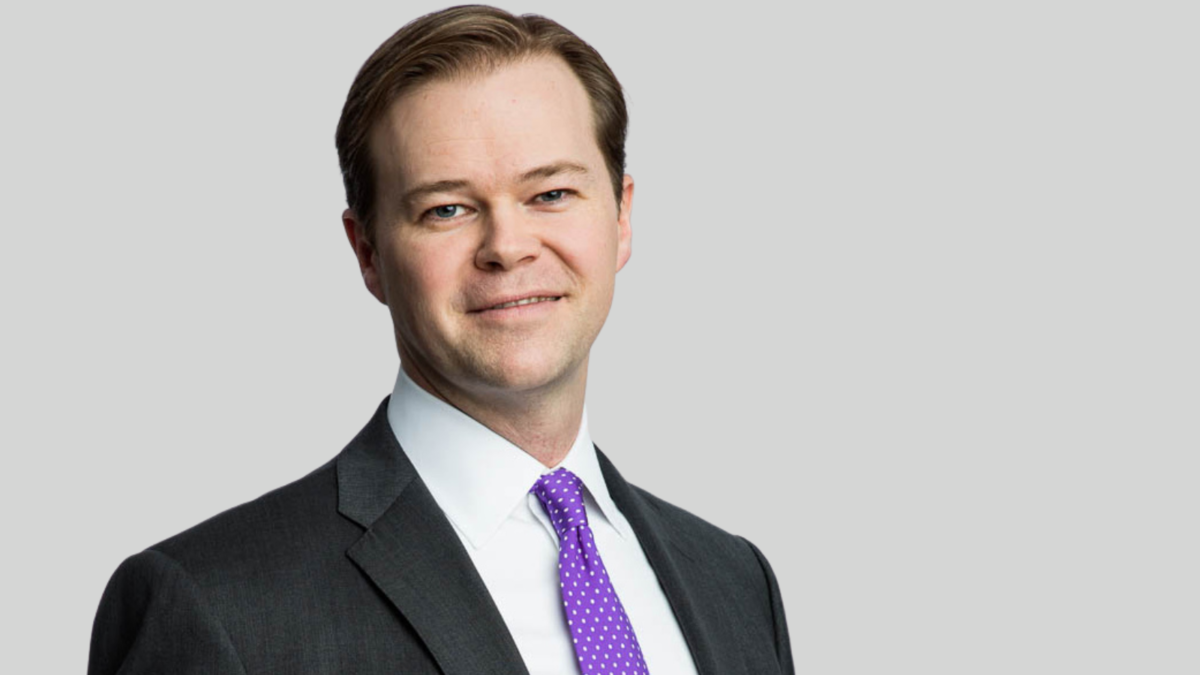‘Light at the end of the tunnel’ for emerging market debt
“It’s been a very tough year in emerging markets, primarily due to the macro shocks that all risk assets have been impacted by this year,” says Brad Godfrey, a fixed income portfolio manager at Morgan Stanley (photo at top), who’s currently Down Under to pitch emerging market debt (EMD) to super funds.
“Higher inflation and developed market central bank reaction function. Certainly China and its Zero Covid policy, and Russia’s invasion of Ukraine.”
“Those three factors have created a challenging macro backdrop. You’ve had additional risk premia built into the markets based on Russia-Ukraine, but also with the Fed being probably as hawkish as it’s ever been – I don’t think they were even this hawkish back in the 1970s and early 80s with the pace and velocity of rate hikes that we’ve seen.”
EMD hasn’t been unique in its suffering. Nearly every single asset class has had a tough 2022 and EMD has mostly gone along for the ride. But the last month has seen glimmers of light at the end of the tunnel.
“The macro environment, most would agree, has become on the margin more constructive in the last month or so,” Godfrey says. “It’s been a combination of having very likely seen peak inflation and peak Fed hawkishness in the US; I think we’re past both of those. And then coming out of the National Party Congress in China, there’s been a lot of talk of easing Covid Zero policy… There’s been some actual action (recently) in relaxing Covid Zero across China.”
Still, Godfrey says that 2022 will be the largest year of net outflows for EMD funds that he’s “ever seen”, but that those outflows have almost paused in the last few weeks. They haven’t quite turned to net inflows, but has been flat for several weeks, and multi-asset funds in Morgan Stanley survey data have started to increase their allocations to the asset class.
“That massive technical headwind we’ve been experiencing all year has essentially stopped,” Godfrey says. “We haven’t quite turned to a tailwind, but I expect that we’ll see that in the not-too-distant future. The yields are really attractive, so we can find yields of low-to-mid double digits in certain places, and we’re not the only ones seeing the attraction here.”
Like any base case, the forecast of peak Fed hawkishness isn’t without risk. Like all investors, Godfrey is weighing the possibility of a landing that might be harder than expected; the labour market is still tight, and that’s “one factor that could lead the market to be incorrect”.
“I think the more notable risk is that we’ve seen a lot of tightening of financial conditions, particularly in the United States, and so while a relatively shallow recession appears to be priced into markets, there’s a chance that could be a deeper recession,” Godfrey says.
“If you get a US recession that’s more severe than people think – and I’d include us in that – that could certainly create a challenge for all risk assets. It wouldn’t be a great set up for EMD. Now we have pretty high yields, so it would take a pretty decent correction to push us into notably negative territory for next year.”
One country that’s small in the benchmark but big in the Morgan Stanley portfolio is the Dominican Republic, which it’s turned positive on throughout 2022 off the back of “prudent, tight fiscal and monetary policy”, a strong local currency, falling inflation, and local government bond yields in the 13-14 per cent range.
“It’s a country that’s growing strongly – they’ve diversified their economy away from tourism, though that’s still a critical part of the economy, and we’ve seen tourist arrivals in the Dominican Republic are now at or even above where they were pre-Covid, and strong growth in the six to seven per cent range.”
“It’s a very small part of the EM local benchmark – I believe it’s about 15 basis points – so it’s not a country that’s very widely looked at by our peers or investors more broadly, but we think it represents a really compelling investment opportunity.”











